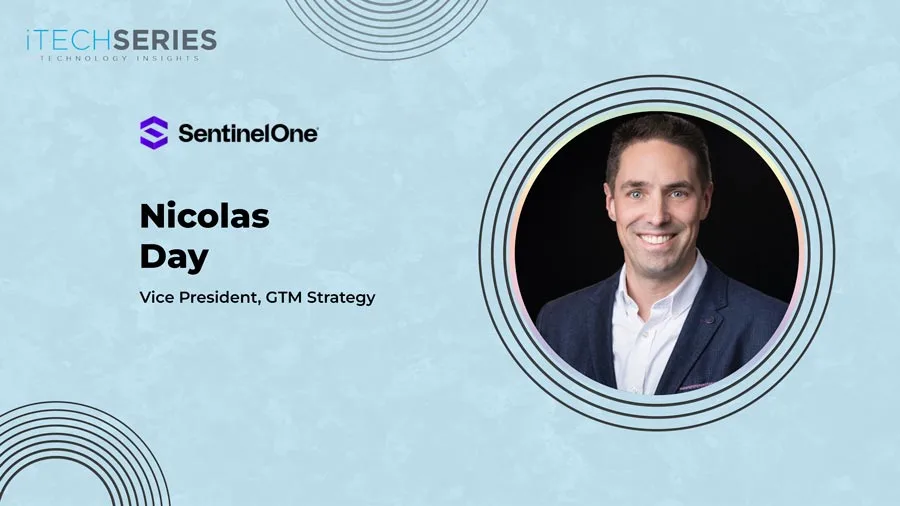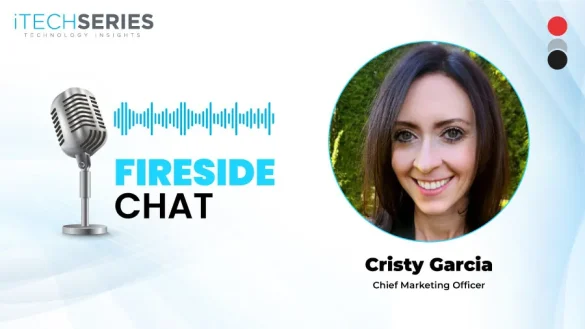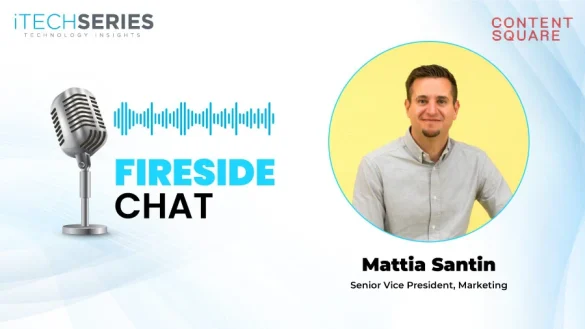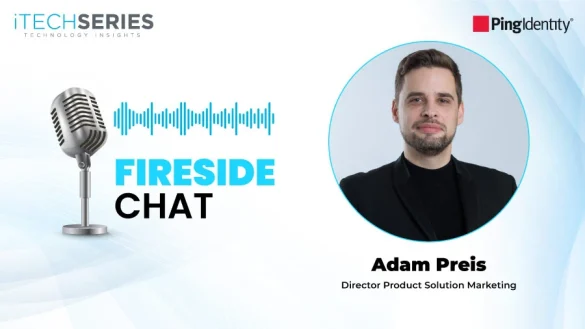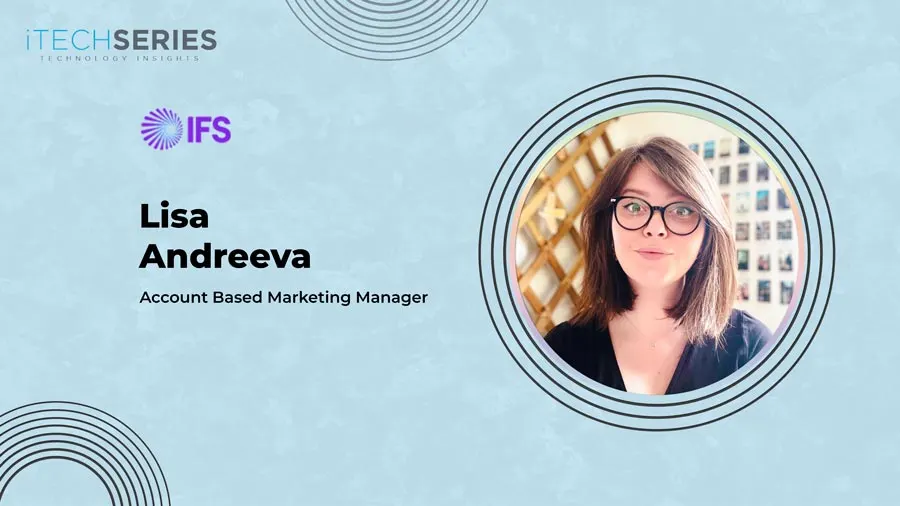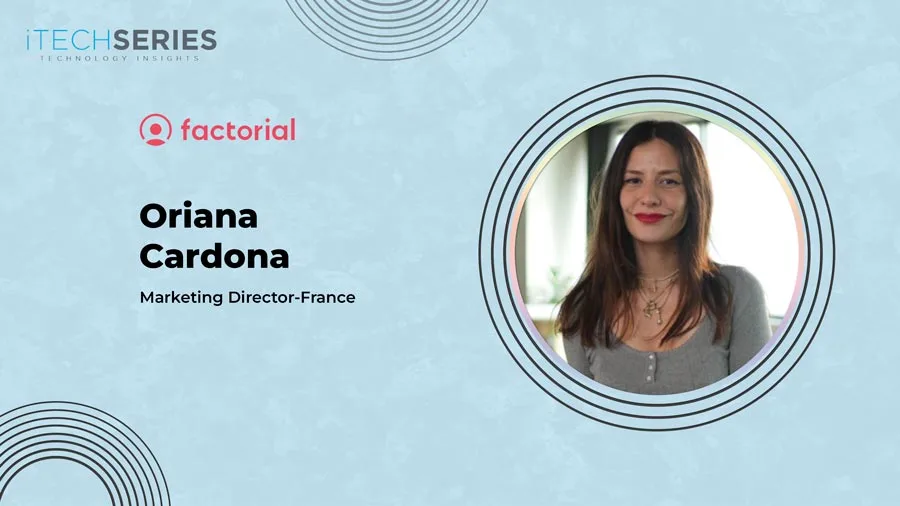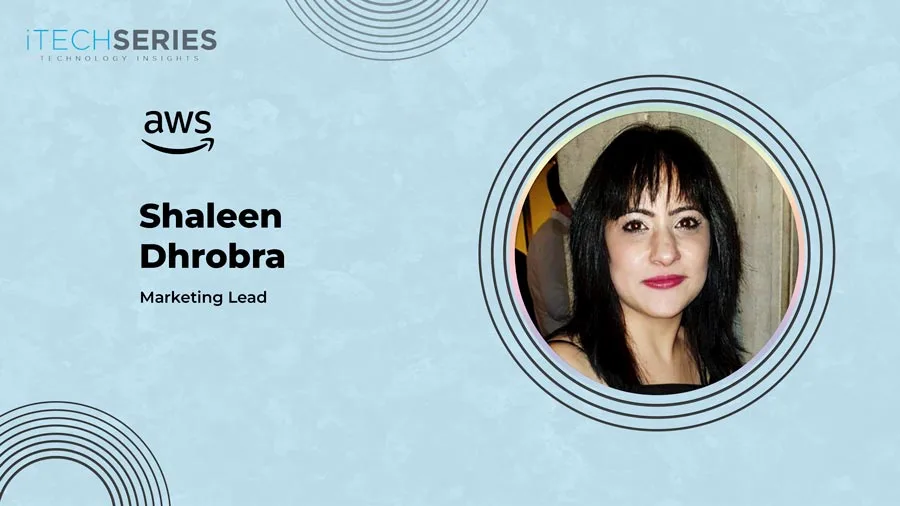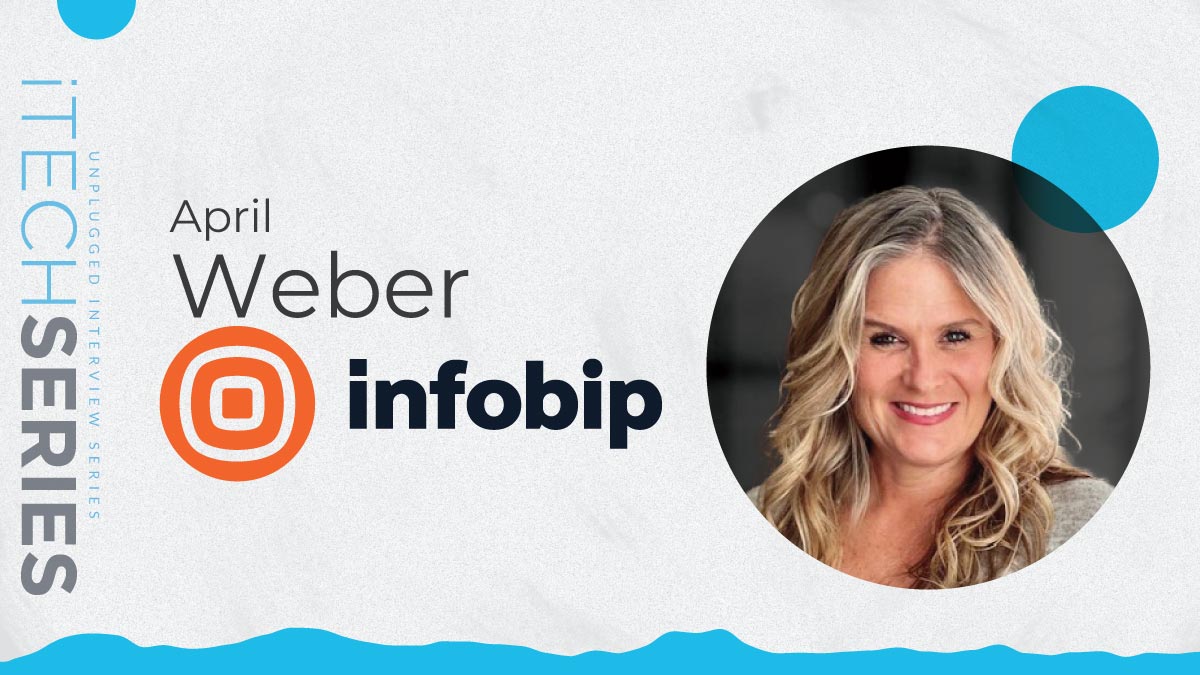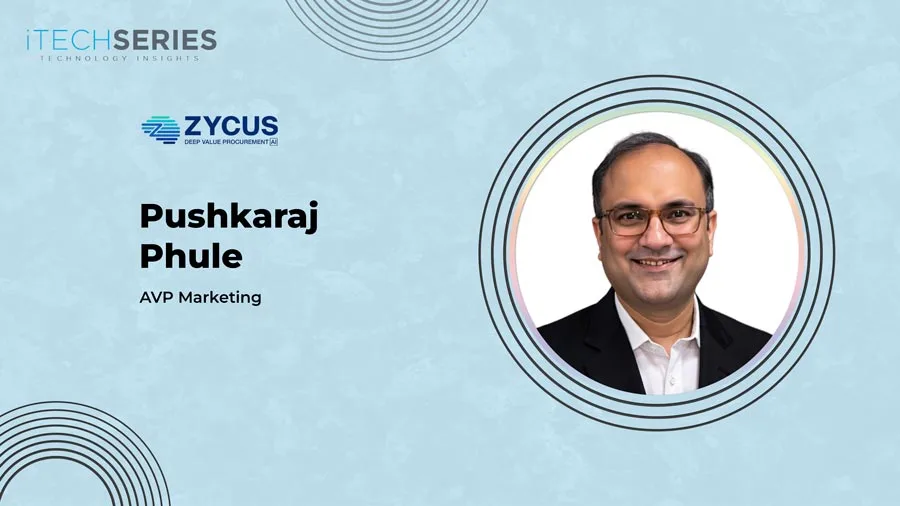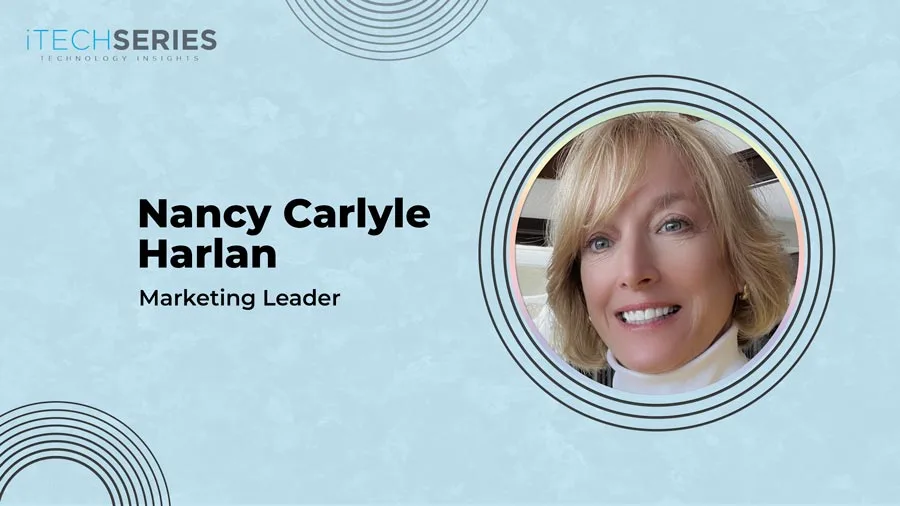Nicolas Day, VP of Global Go-to-Market Strategy and Enablement at SentinelOne, shares his unconventional journey from bioorganic chemistry to tech leadership and how it shaped his approach to GTM. He discusses aligning product, sales, and marketing, leveraging AI, and crafting relatable narratives to drive differentiation and customer value in fast-evolving markets like cybersecurity and emerging technologies.
Welcome to the interview series, Nicolas. Could you tell us about yourself and your journey as a go-to-market leader?
Hi, I’m Nicolas Day. I’m Vice President of Global Go-to-Market Strategy and Enablement at SentinelOne. I also oversee our global AI SIEM, cloud, and services sales teams, focusing on emerging technologies as we incubate new businesses and bring them to market.
My career path is a bit unconventional. I started with a master’s in bioorganic chemistry in drug development. Studying science taught me a methodology for thinking: form a hypothesis, determine the steps to reach it, define protocols, collect data, analyze and interpret the results, draw conclusions, and course correct. Interestingly, this process mirrors how we approach go-to-market strategies, hypothesize growth opportunities, test them, adjust based on data, and refine the approach over time.
After working as a sales representative in the pharmaceutical industry, I founded a CRM company tailored for pharma sales in the early days of the Palm Pilot. Later, I held leadership roles at Dell in services sales, Hitachi managing their global system integrator business, and Veritas overseeing global go-to-market strategy and enablement. At Cohesity and Elastic, I led similar roles, expanding into cloud, SaaS, and OEM/MSSP businesses. Now at SentinelOne, I’m responsible for go-to-market strategy, enablement, and training, as well as managing strategic products like SIEM, cloud, and service integrations from acquisitions.
With the cybersecurity space evolving so rapidly, how do you ensure your teams stay ahead of customer concerns and technical demands?
Cybersecurity evolves extremely quickly. To stay ahead, you need to monitor industry trends, competitors, and new threats constantly; it’s practically a 24/7 job. What I’ve found helpful is gathering this information and sharing it with our sales team in digestible formats. We summarize notable incidents and trends that reps can bring into customer conversations, making them more informed and valuable during discussions.
We also track competitive landscapes and mergers and acquisitions. Our approach includes written communications, weekly competitive intelligence updates, and other tools. The goal is to give reps bite-sized pieces of critical information they can easily absorb and use, helping them be more effective and customer-focused.
What role do market positioning and differentiation play in your GTM strategy, especially in crowded markets?
Differentiation is more challenging than ever. Most solutions today claim to improve efficiency, productivity, and customer engagement using AI and other advanced tools. I actually fed several sales pitches into Notebook LM and Gemini to analyze them, and about 80% of the messaging was identical.
The best approach is to tell a story that highlights what truly differentiates you, but it can’t be overly technical, or you risk losing your audience. You need a balance between technical and sales messaging. The essential questions to ask are
- Why should a customer change from their current solution to yours?
- What makes your solution different and truly valuable?
- Why does it matter now?
If you can craft a story that answers these questions in a way that resonates with both executives and technologists, you’re onto something meaningful.
What strategies have you found effective for explaining a complex or unfamiliar solution to early-stage customers?
Launching a new business in a nascent space is both the most challenging and rewarding experience. If the market doesn’t fully understand the problem you’re solving or can’t interpret your solution, it’s hard to gain traction.
The key is crafting a compelling narrative and using relatable analogies. For example, when discussing technology modernization, I often compare upgrading from a 1999 Honda Civic to a 2025 model. The older car might still have outdated features, whereas the newer one offers keyless entry, CarPlay, heated seats, and lane assist, tangible improvements that customers can relate to.
Analogies help illustrate the game-changing value your solution brings, especially when introducing cutting-edge technologies that customers find hard to grasp.
“The best approach is to tell a story that highlights what truly differentiates you, but it can’t be overly technical, or you risk losing your audience.”
What has been the biggest benefit of stronger alignment between marketing, sales, product, RevOps, and customer success teams?
Alignment starts with staying close to your chief product officer and engineering team. Ask: What are we building? Why are we building it? How does it matter to the customer, and how is it different from competitors?
Once you understand that, you can work with marketing to craft clear, differentiated messaging. If marketing amplifies these messages effectively and the sales team focuses its efforts around them, demand generation becomes much more targeted.
RevOps plays a critical role in tracking what’s working and what isn’t, ensuring quick course corrections. Customer success teams need to be ready to support new deals, ensuring customers realize value quickly after the sale. When this trifecta of product, marketing, and sales is in sync, supported by operations and customer success, your go-to-market machine runs smoothly.
How do you leverage the power of AI for your go-to-market planning and execution?
AI is indispensable. The volume of information sales reps need to absorb is far beyond human capacity. AI helps process documents, videos, and other resources, summarizing insights and enabling reps to create tailored messaging aligned with customers’ language and preferences.
For example, by feeding customer data and past interactions into Notebook LM, reps can generate outreach messages that sound personalized and resonate with their audience.
AI used to be seen as a shortcut or even cheating, but now it’s a necessity. Without AI, you’re at a disadvantage. Leveraging it to research trends, interpret data, and course-correct quickly can make or break a go-to-market strategy.
What advice would you give to aspiring GTM leaders looking to scale globally while staying agile and innovative?
Focus on simplicity. Stay close to your product team, and know what you’re building and why. Work with marketing to define the message and ensure it highlights what makes your solution unique.
Start by asking: If you only had one rep selling, whose success determined the future of your company and your ability to put food on the table for your own family, then what would you want them to sell and to whom? Identify the highest-impact segment and scale from there. Expanding too quickly or trying to target too many areas dilutes focus.
Always tie efforts back to where you have the best chance of winning, aiming for the highest conversion rates, largest deals, and fastest time to value. Keep the customer experience seamless and results-driven so you can build a trusted relationship and grow sustainably.
It’s about staying focused, making data-driven decisions, and leveraging tools like AI to scale effectively. The biggest mistakes I see are trying to do too much or spreading resources too thin. If you tie your efforts to high-impact areas and support your teams with the right tools and alignment, you’ll drive the most value for both your business and your customers.
About Nicolas Day
Nicolas Day is Vice President of Global Go-to-Market Strategy and Enablement at SentinelOne, where he leads teams across AI SIEM, cloud, and services. With a unique background in bioorganic chemistry and pharma sales, he applies scientific thinking to GTM planning. Nicolas has held leadership roles at Dell, Hitachi, Veritas, Cohesity, and Elastic, driving growth through alignment, AI, marketing, sales growth, and data-driven enablement in fast-paced, emerging tech markets.

